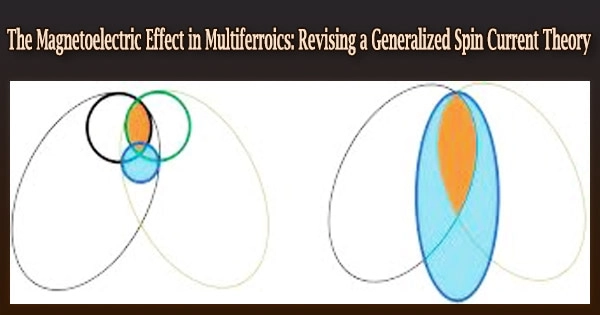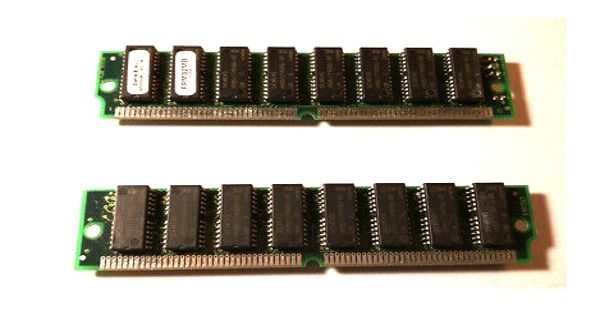Ferroelectricity is canonically related to polar atomic displacements that break the crystal’s inversion symmetry, resulting in a non-zero net electric dipole moment.
However, a magnetic order stabilized in an otherwise crystallographically centrosymmetric lattice causes inversion symmetry breaking in a special class of magnetic materials known as multiferroics.
Magnetically induced electric polarization can exhibit complex forms of magnetoelectric coupling to the underlying magnetic texture, and realizing it is one of the main avenues toward achieving cross-control of ferroelectric characteristics and magnetism in next-generation electronic devices.
Understanding the microscopic origins of multiferroicity is thus a critical task that is both basic and practical.
The phenomenological spin current theory of magnetically induced electric polarization, which was suggested approximately two decades ago, has made significant progress in our understanding of multiferroic activity in spiral magnets.
However, this theory is essentially phenomenological, and it frequently fails to account for numerous multiferroic scenarios that occur in real materials, leading to severe misinterpretations of their microscopic origin in some circumstances.
Tokyo Institute of Technology (Tokyo Tech) researchers partnered with the National Institute of Materials Science and Chiba University to solve the problem of electric polarization emergence in centrosymmetric materials from a much broader theoretical approach.
Similar to the spin-lattice models relating the energy of the system to the directions of magnetic moments, our study shows a rigorous mapping of the electronic model onto the counterpart model for electric polarization, whose properties are eventually dictated by the symmetry of the underlying electronic states.
Dr. Sergey Nikolaev
The scientists developed a clear toy theory for electric polarization, revealing its generic link to the material’s magnetic structure, based on the electronic Hubbard model, which captures the key physics of magnetic insulators.
They considered the spin-orbit coupled Kramers pair of electronic states residing at each magnetic site of a single bond based on general symmetry arguments and derived an invariant that couples to the spin current and remains finite even when the bond is centrosymmetric, allowing noncollinear spins to have finite polarization.
“Similar to the spin-lattice models relating the energy of the system to the directions of magnetic moments, our study shows a rigorous mapping of the electronic model onto the counterpart model for electric polarization, whose properties are eventually dictated by the symmetry of the underlying electronic states,” explains Dr. Sergey Nikolaev from Tokyo Tech.
Importantly, the authors demonstrated that the phenomenological spin-current theory, which is often used to analyze spiral multiferroics, can be considered a specific example of a more general spin-current theory suggested in this paper, and is only accurate for certain Kramers state symmetries.
“We explicitly showed that the material specific symmetry properties can lead to different forms of magnetoelectric coupling, thus providing compelling alternatives for the analysis of multiferroics,” says Dr. Igor Solovyev from National Institute for Materials Science.
To demonstrate how the generalized spin-current theory can efficiently aid to rationalize the properties of multiferroic materials, the study’s major conclusions were combined with first-principles calculations and applied to a series of spiral magnets.
















